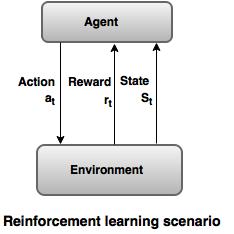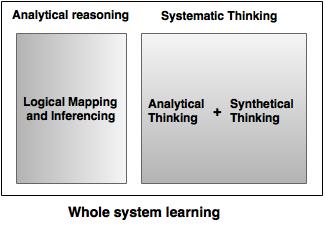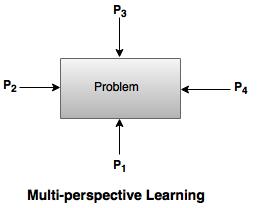Reinforcement Learning in Data Mining
Introduction
- Reinforcement learning is a type of machine learning. It allows the machine or software agent to learn its behavior based on feedback received from the environment.
- In machine learning, learner knows which action is to be taken. On the other hand, in reinforcement learning, the learner doesn't know the action and it tends to discover which action will give the most reward signal.
- It is different form supervised learning, since it is not adequate for learning from interaction. In this case, the agent (user) has to act and get learned through experience.
- Reinforcement learning is based on goal-directed learning from interaction.
Example:- In chess game, player makes a move based on planning move, expecting possible replies of opponents. Then, the player takes immediate and spontaneous judgment and plays the move.
- In this example, the player uses his experience to improve the performance and evaluate positions to improve his play over the period of time.
Main sub-elements of a reinforcement learning system are:
1. A
policy that defines the learning agent's method of behaving at a given time.
2. A
reward function that is used to define goal in a reinforcement learning problem.
3. A
value function which decides what is good over the future.
4. A
model of the environment which is used to plane and predict the resultant next state.
Reinforcement and environment function
- It uses the knowledge acquired while exploring the action leads to learning through rewards or penalties.
- Rewards are related to specific actions and value function is the collective effect.
- Environment needs to be modeled to receive the correct responses so that it can accept the inputs from changing scenarios and finally produce the optimized value.

Whole system learning
- Systematic learning considers a complete system, its sub systems and the interactions between the systems for learning and makes the decisions.
- It builds the systematic information, which is very useful for analysis.
- Systematic learning is interactive and driven by environment, which is specific to the problem.

Multi-perspective decision making and learning
- Multi-perspective learning is needed for multi-perspective decision making.
- Multi-perspective learning refers to learning from knowledge and information collected from different perspective.
- Multi-perspective learning builds knowledge from various perspectives so that it can be used for decision making process.
- The perspective includes context, scenario and situation, which gives a way to find a solution to a particular decision problem.
- P1, P2, P3, ...Pn refers to different perspectives in the learning process.
- Each of these perspectives is represented as a function of features.
- There may be an overlap among the perspectives.
- Features difference may be the kind of features, which are possibly visible from one perspective may not be visible from the other perspective.
- The representative features set should contain all the possible features.



